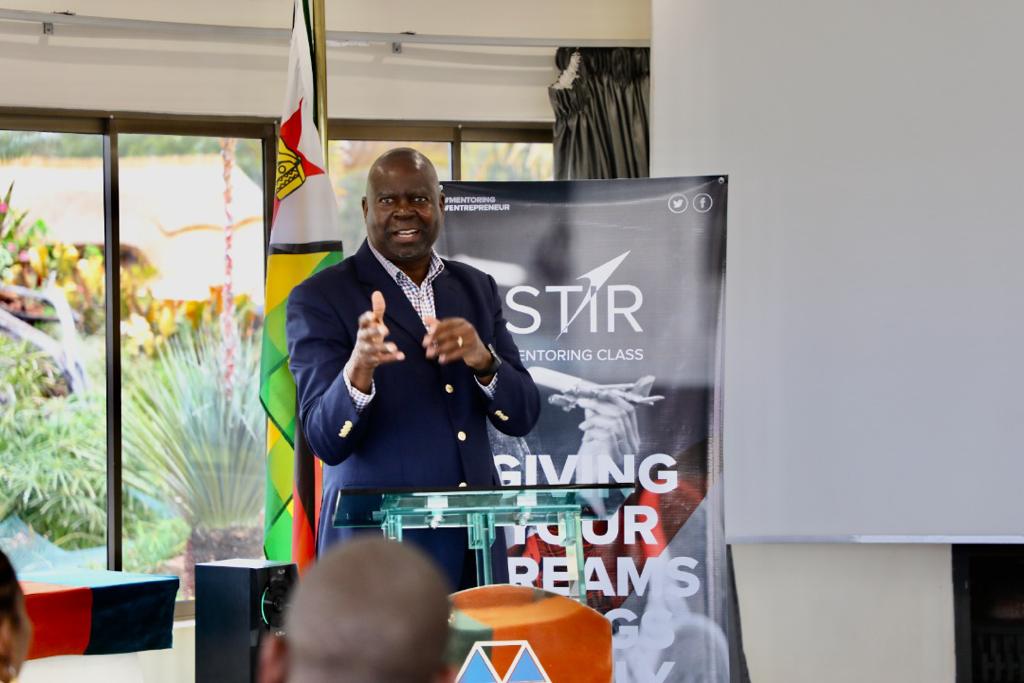
BY STYLE REPORTER
President Emmerson Mnangagwa has deplored people not to sit on their laurels because HIV continues to be a major public health issue.
In his state of the nation address on the eve of the World Aids Day commemorations, Mnangagwa said HIV remained a public health threat.
“Despite the progress we have recorded, the pandemic is still with us and remains one of the major developmental challenges facing the nation,” he said.
“It’s situation in the recent years has been exacerbated by the emergence of the Covid-19, which I have alluded to earlier.
“Access to treatment and other essential services for people living with HIV as well as HIV prevention services was significantly curtailed during the period of lockdowns.
“In response to these challenges, my government introduced various initiatives to ameliorate the situation, including innovative differentiated service delivery models such as multi-month drug dispensing, Community ART Refill Groups, Community Adolescent Treatment Supporters and Community ART Treatment and Care Facilitators, which have immensely contributed to adherence, positive treatment outcomes and significantly reduced levels of stigma and discrimination.
“At the same time, I am glad that the potential of social media in promoting development was displayed, as targeted messaging was used to raise awareness of both Covid-19, promote prevention and uptake of treatment services.”
- Chamisa under fire over US$120K donation
- Mavhunga puts DeMbare into Chibuku quarterfinals
- Pension funds bet on Cabora Bassa oilfields
- Councils defy govt fire tender directive
Keep Reading
The president said these measures required sustaining and scaling up so that all our people access and utilize relevant services, despite their geography, nature or occupation.
“We have to expand our services to reach everyone without leaving anyone behind. I am therefore calling upon the ministry of Health and Child Care, the National Aids Council and partners in the national response to revolutionise and introduce innovative and sensitive interventions to halt the spread of HIV among specific population sub-groups such as adolescent girls and young women, young men, sex workers and other key populations, including artisanal miners and long-distance transporters,”.
Zimbabwe has recorded tremendous progress over the course of the year, largely animated by its achievement of the 90-90-90 targets by 2020, where in 90% of all people living with HIV should be know their status, 90% of people who know their status should be on treatment and 90% of those on treatment should be virally suppressed.
“In this regard, Zimbabwe has managed to reduce the HIV incidence rate from 0.48% in 2016 to 0.27% in 2020, while the prevalence has dropped from 13.9% to 11.8% during the same period. At the same time, we have expanded access to Antiretroviral Therapy from 800,000 in 2016 to 1,2 million in 2021,” Mnangagwa said.
“As confirmed by both the Zimbabwe Population based HIV Impact Survey and the Global Aids Monitoring Report, our country has achieved these targets, which gave us a solid basis to build upon these achievements for us to now pursue the 95-95-95 targets by 2025.
“I am quite confident that we can once again summon our resilience and overcome the challenges to achieve epidemic and end Aids as a public health threat by 2030 in line with Sustainable Development Goals, our national strategic plan and the National Development Strategy 1.”
Zimbabwe joined the rest of the global community in celebrating World Aids Day on December 1 at an event that was held in Chinhoyi.
This year’s commemorations are running under the theme End pandemics, End inequalities, End Aids.










